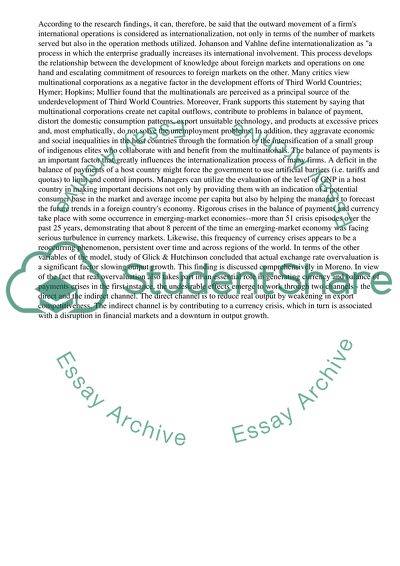Cite this document
(“International Business and the Balance of Payment Essay”, n.d.)
International Business and the Balance of Payment Essay. Retrieved from https://studentshare.org/business/1509503-international-business-and-the-balance-of-payment
International Business and the Balance of Payment Essay. Retrieved from https://studentshare.org/business/1509503-international-business-and-the-balance-of-payment
(International Business and the Balance of Payment Essay)
International Business and the Balance of Payment Essay. https://studentshare.org/business/1509503-international-business-and-the-balance-of-payment.
International Business and the Balance of Payment Essay. https://studentshare.org/business/1509503-international-business-and-the-balance-of-payment.
“International Business and the Balance of Payment Essay”, n.d. https://studentshare.org/business/1509503-international-business-and-the-balance-of-payment.


